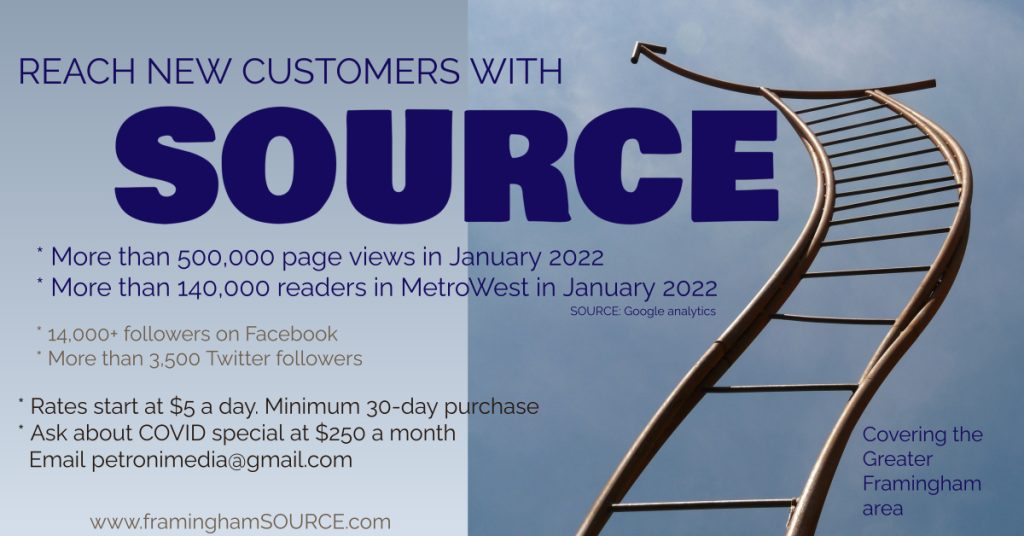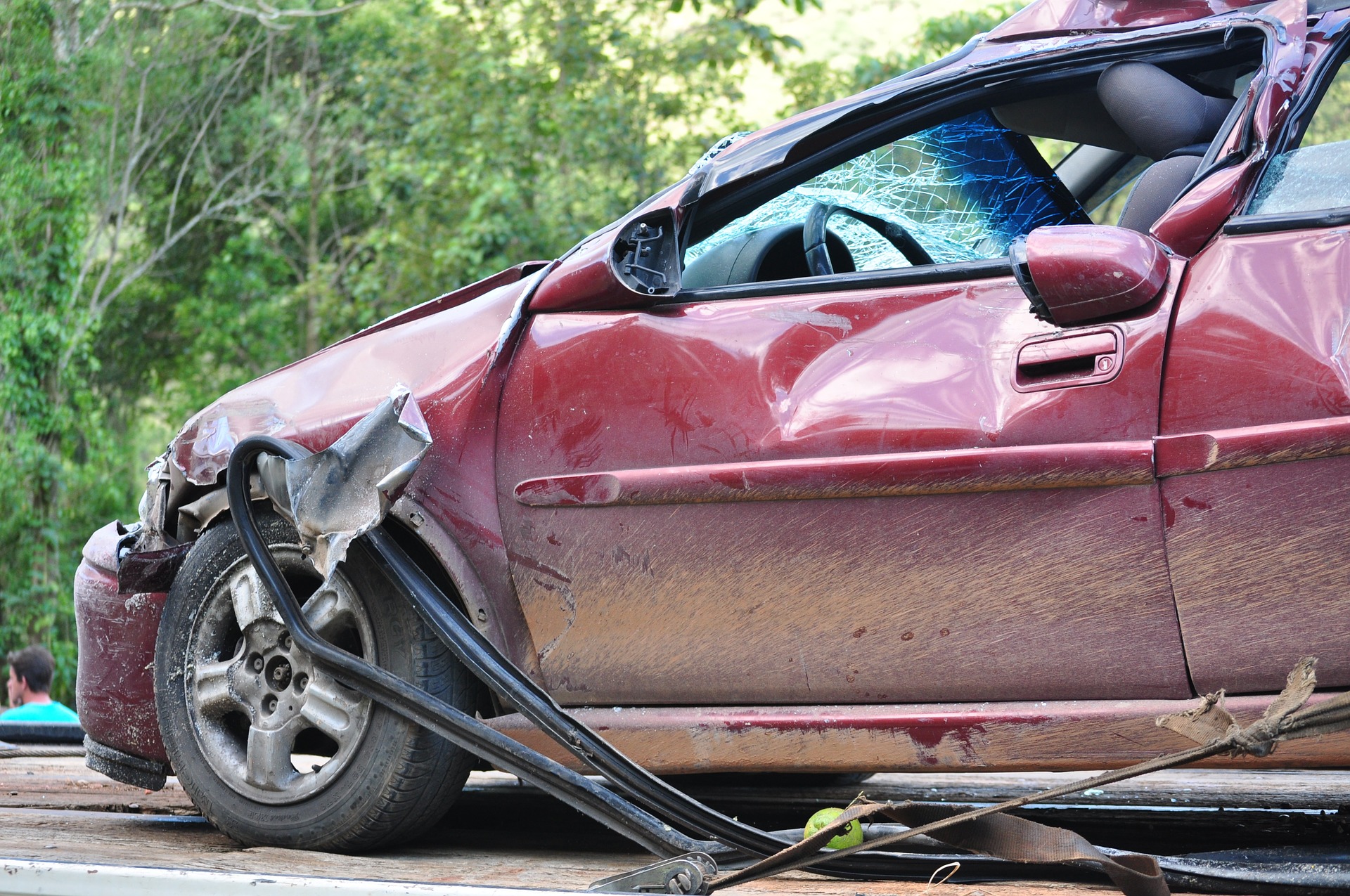In full transparency, the following is a press release from AAA Northeast submitted to SOURCE media. (stock photo)
***
[broadstreet zone=”59945″] |
FRAMINGHAM – As the COVID-19 pandemic swept across the country, it led to fewer drivers on the roads and a significant reduction in the number of miles driven. And yet, U.S. government data shows traffic fatalities have surged, along with an increase in crashes involving impairment, speeding, red-light running, aggressiveness, and non-seatbelt use, to its highest level in over a decade.
To understand the rise in dangerous driving behaviors, the AAA Foundation for Traffic Safety examined whether the pandemic changed the composition of drivers on the road. It found that while most drivers reduced their driving during the pandemic, a small proportion actually increased their driving. Making matters worse, those who increased their driving appeared to be riskier than average, even after accounting for their age, gender, and how much they drove.
“AAA’s research finds that higher-risk motorists accounted for a greater share of drivers during the pandemic than before it,” said Mary Maguire, AAA Northeast Director of Public/Government Affairs. “Safety-minded individuals drove less, while many who increased their driving tended to engage in riskier behaviors behind the wheel.”
[broadstreet zone=”59948″] |
The Foundation’s new research finds while only a small percentage of drivers (4%) increased their driving due to the pandemic, they were younger and disproportionately male—a statistically riskier driver group than the average population.
In addition, those who increased their driving during the pandemic were more likely to report engaging in the following risky driving behaviors in the previous 30 days:
Percent of Drivers who Engaged in Various Risky Behaviors
in the 30 Days Before the Survey (October-November 2020)
| Behaviors in 30 Days Before Survey | People who Increased Driving During Pandemic | People who Did Not Increase Their Driving |
| Speeding 10+ mph over Speed Limit on a Residential Street | 51% | 35% |
| Reading a Text | 50% | 33% |
| Red-Light Running on Purpose | 45% | 25% |
| Changing Lanes Aggressively | 43% | 20% |
| Not Wearing a Seatbelt | 21% | 12% |
| Alcohol-Impaired Driving | 13% | 6% |
| Driving After Cannabis Use | 13% | 4% |
The COVID-19 pandemic and its associated restrictions have significantly affected travel behavior and traffic safety in the United States.
According to the Foundation’s newest American Driving Survey, during the early months of the pandemic, the average daily number of driving trips made by U.S. adults decreased by an estimated 42% in April 2020, rebounded slightly, and then leveled off in the second half of 2020 at 2.2 daily trips, roughly 20% below the 2.7 daily trips in the second half of 2019.
And yet, when the U.S. Department of Transportation’s National Highway Traffic Safety Administration (NHTSA) released its 2020 traffic fatality data, it found an estimated 38,680 people died in vehicle crashes—the largest number of fatalities since 2007. This represents an increase of about 7.2 percent compared to the 36,096 deaths reported in 2019. And the surge in fatalities continues, with NHTSA’s new data for traffic fatalities for the first nine months of 2021, finding that an estimated 31,720 people died in crashes from January through September 2021, an increase of approximately 12% compared to the first nine months of 2020.
The increase in traffic fatalities is not a worldwide occurrence. Road deaths have been reported to be lower in almost all other high-income countries since 2019.
[broadstreet zone=”59983″] |
“Despite safer roads, safer vehicles and stronger traffic safety laws on the books, the U.S. has witnessed more, not less death on our roadways even at a time when other nations saw dramatic drops,” said Ms. Maguire. “What is absolutely clear to AAA is that it will take new action to get us closer to zero traffic deaths.”
AAA is a strong supporter of adopting The Safe System Approach (SSA) to roadway safety. The SSA uses current effective countermeasures to create multiple layers of protection for transportation network users, rather than responding reactively only after there is evidence of a specific safety problem. For example, the U.S. needs to use better methods to determine posted speed limits rather than more common and outdated approaches. Other countries have leveraged SSA to curb traffic deaths—47% (Australia) and 80% (Spain).
For drivers, AAA recommends these safety tips to keep in mind:
- Obey speed limits. Drivers tend to overestimate the time saved by speeding. You’d have to travel 100 miles to save roughly 5 minutes, moving at 80 mph instead of 75 mph. Speed kills and isn’t worth the cost. And recent AAA Foundation research shows that small speed increases were enough to raise a driver’s risk of severe injury or death.
- Only drive sober. If you consume marijuana, alcohol, or use potentially impairing prescription medications, then don’t drive. And if you’re going to drive, don’t consume these substances.
- Out of sight, out of mind. Stow your smartphone away, turn it to airplane mode, or activate call/text blocking features like Apple’s Do Not Disturb.
- Buckle Up. Properly wearing a seat belt is the single most effective thing you can do to protect yourself in a crash. Wearing a seat belt reduces the risk of serious injury or death in a crash by up to 50 percent.
- Stay Cool. AAA encourages drivers to maintain a cool head and focus on reaching their destination safely. If you encounter a dangerous driver, maintain space around your vehicle and contact 9-1-1 if needed.



